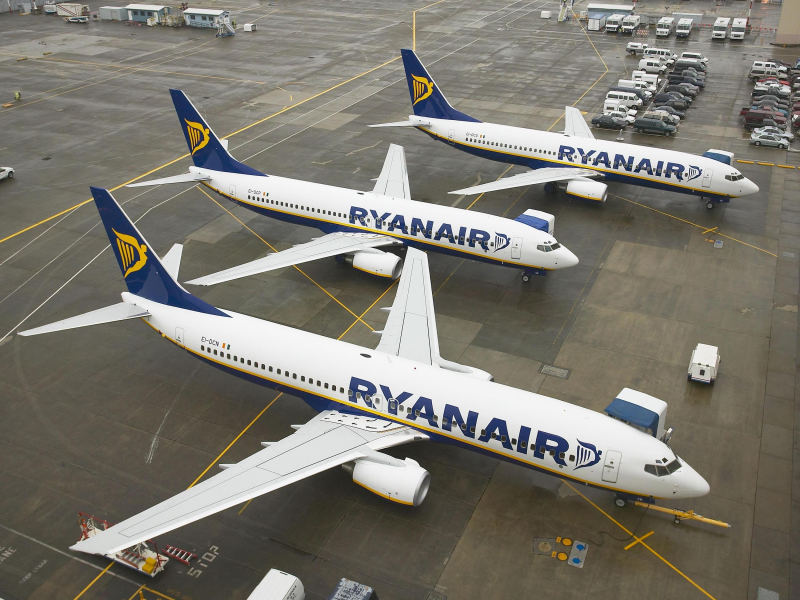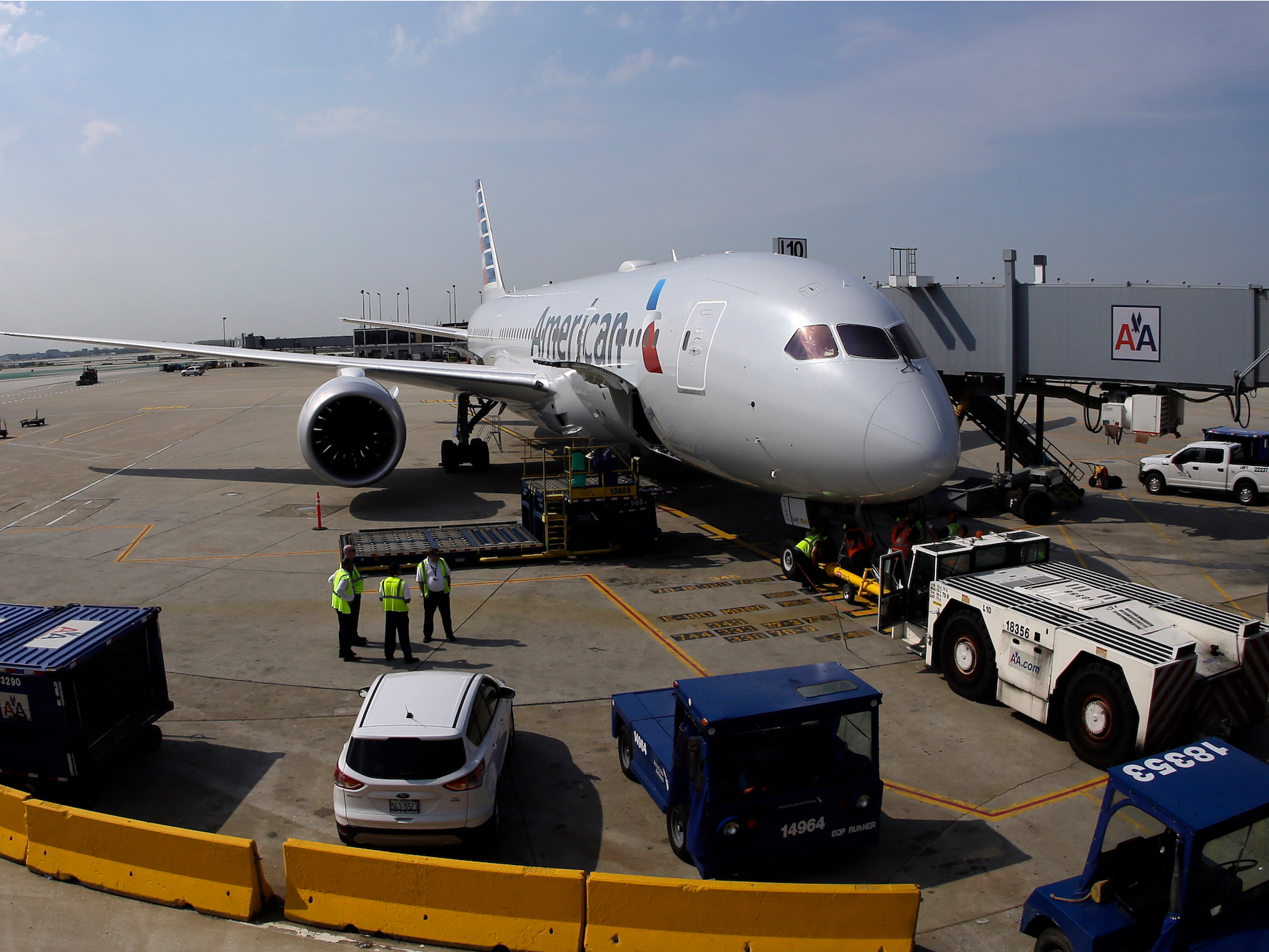- Through recent mergers, airlines such as American, Delta, and United have grown to become colossal mega-carriers.
- Recently, the aviation-data firm OAG provided us with data sets that ranked the 20 largest airlines in the world based on the number of seats each carrier made available to passengers during 2018.
- As expected, US carriers made a strong showing with American, Delta, United, Southwest, and Alaska airlines all in the top 20.
- The low-cost carriers Ryanair, EasyJet, and IndiGo placed in the top 20.
- Other international carriers to make the list include Emirates, Air China, China Eastern, China Southern, Lufthansa, Turkish Airlines, ANA, LATAM, British Airways, Air France, Air Canada, and Aeroflot.
Over the past century, the airline industry has changed the way humans travel. It has effectively made the world a smaller place – making it possible for billions of people everywhere to explore the world.
According to the International Air Transport Association (IATA), consumers spent an estimated $871 billion, or roughly 1% of the global GDP, on air travel.
The trade group, which has a membership made up of 290 airlines, expects the total number of airline passengers around the world to reach 8.2 billion people by 2037- that’s double today’s passenger count.
As a result of the industry’s growth, many of the world’s airlines have become household names. Through recent mergers, American, Delta, United, and Southwest have grown to become colossal mega-carriers.
Read more: The 11 longest flights in the world, ranked.
This got us at Business Insider thinking about how they stack up against the world's largest airlines.
Fortunately, good folks at OAG were able to provide us the data sets that answered our question.
The London-based aviation data and intelligence firm ranked the world's airlines based on the total number of seats each carrier made available to customers during 2018. OAG also included the total number of aircraft in each airline fleet.
Some airlines on the list are able to offer substantially more seats while operating fewer aircraft.
According to OAG senior analyst John Grant, the reason for this variation is due to the differences in the planes that comprise a carrier's fleet and the seat configurations of each aircraft. As a result, airlines that operate larger aircraft and aircraft with higher seat density will be able to make more seats available to customers.
Here's a closer look at the 20 biggest airlines in the world:
20. Alaska Airlines

Capacity: 54,574,295 seats.
Fleet size: 233 aircraft.
19. Aeroflot Russian Airlines

Capacity: 56,260,035 seats.
Fleet size: 253 aircraft.
18. Air France

Capacity: 58,888,616 seats.
Fleet size: 206 aircraft.
17. British Airways

Capacity: 63,253,213 seats.
Fleet size: 267 aircraft.
16. Air Canada

Capacity: 64,529,302 seats.
Fleet size: 180 aircraft.
15. LATAM Airlines Group

Capacity: 68,393,747 seats.
Fleet size: 309 aircraft.
14. All Nippon Airways (ANA)

Capacity: 72,674,568 seats.
Fleet size: 294 aircraft.
13. IndiGo

Capacity: 74,570,054 seats.
Fleet size: 206 aircraft.
12. Emirates

Capacity: 78,255,966 seats.
Fleet size: 271 aircraft.
11. Lufthansa

Capacity: 90,465,791 seats.
Fleet size: 338 aircraft.
10. Air China

Capacity: 90,531,776 seats.
Fleet size: 418 aircraft.
9. Turkish Airlines

Capacity: 93,109,025 seats.
Fleet size: 350 aircraft.
8. EasyJet

Capacity: 100,082,969 seats.
Fleet size: 317 aircraft.
7. China Eastern Airlines

Capacity: 122,917,175 seats.
Fleet size: 525 aircraft.
6. China Southern Airlines

Capacity: 131,972,745 seats.
Fleet size: 597 aircraft.
5. Ryanair

Capacity: 142,540,776 seats.
Fleet size: 439 aircraft.
4. United Airlines

Capacity: 193,981,547 seats.
Fleet size: 765 aircraft.
3. Southwest Airlines

Capacity: 209,526,838 seats.
Fleet size: 749 aircraft.
2. Delta Air Lines

Capacity: 233,758,798 seats.
Fleet size: 879 aircraft.
1. American Airlines

Capacity: 256,928,663 seats.
Fleet size: 956 aircraft.

